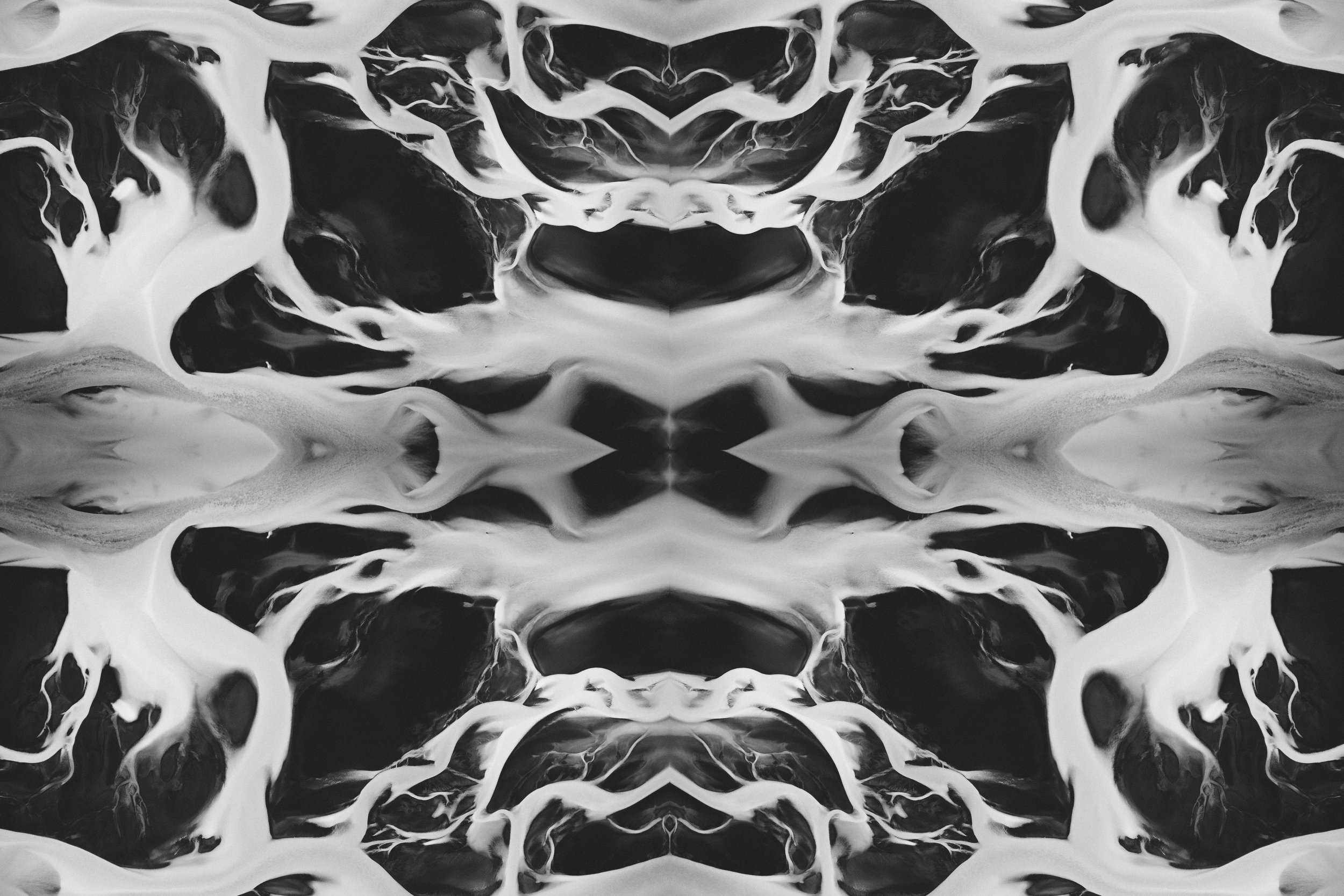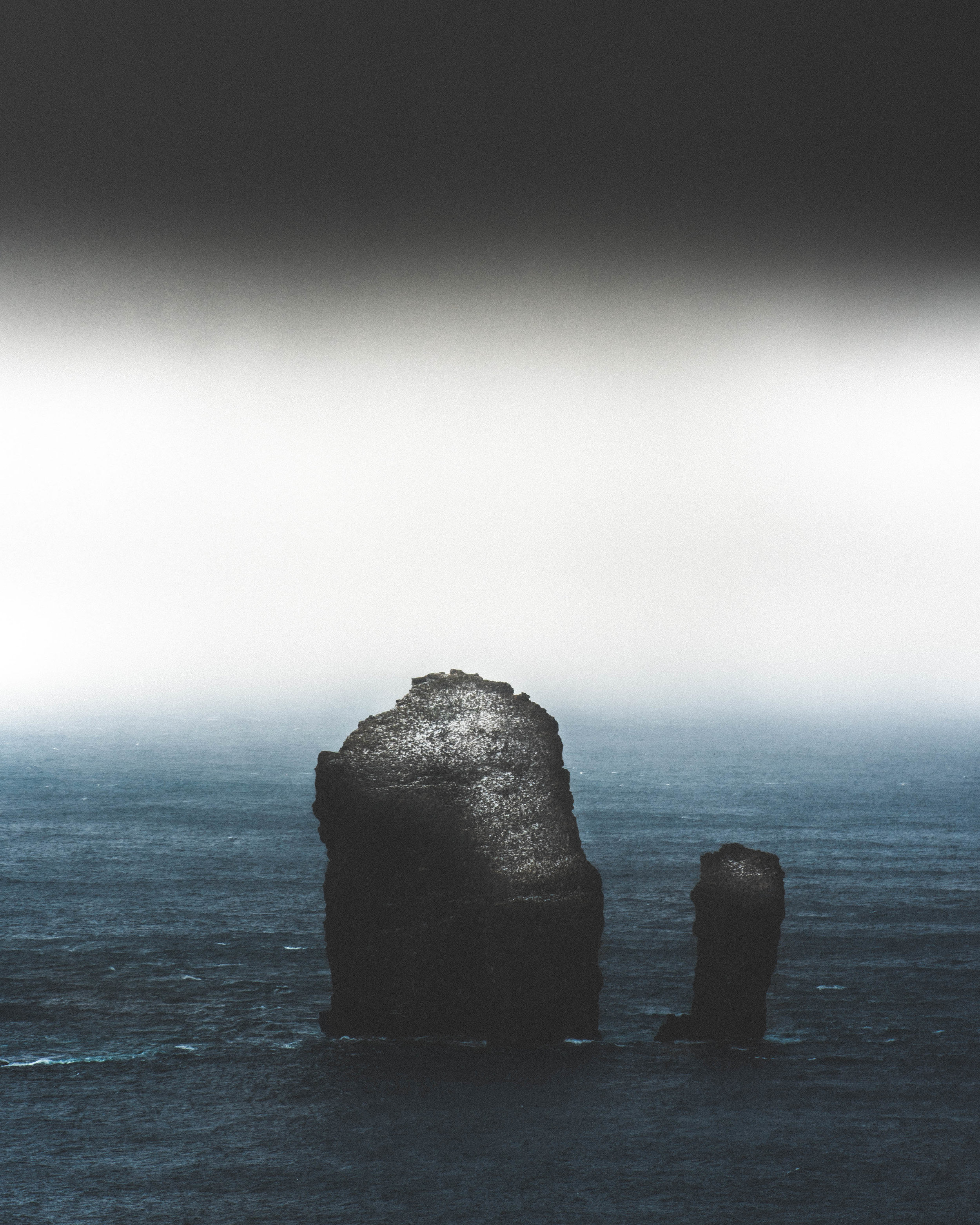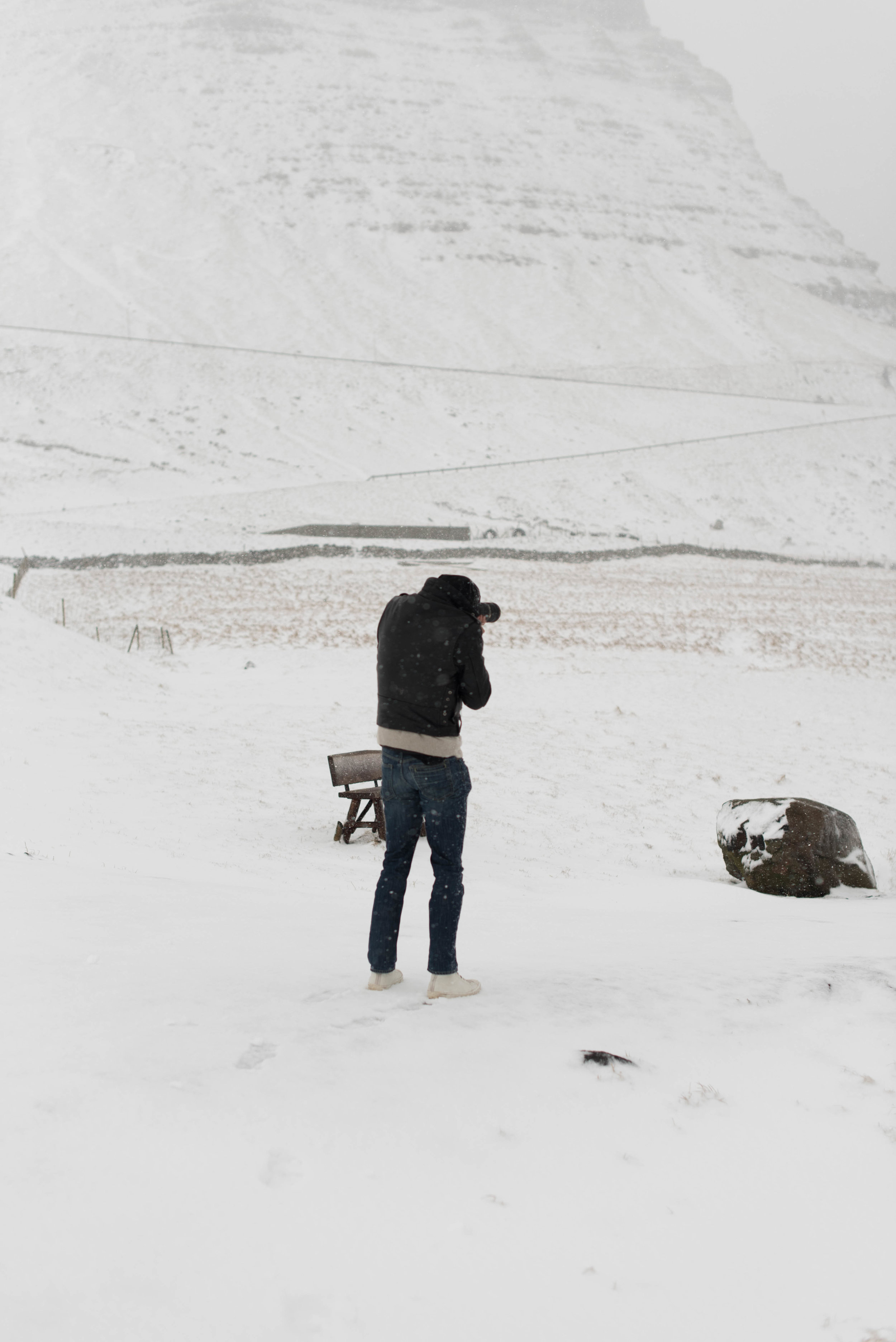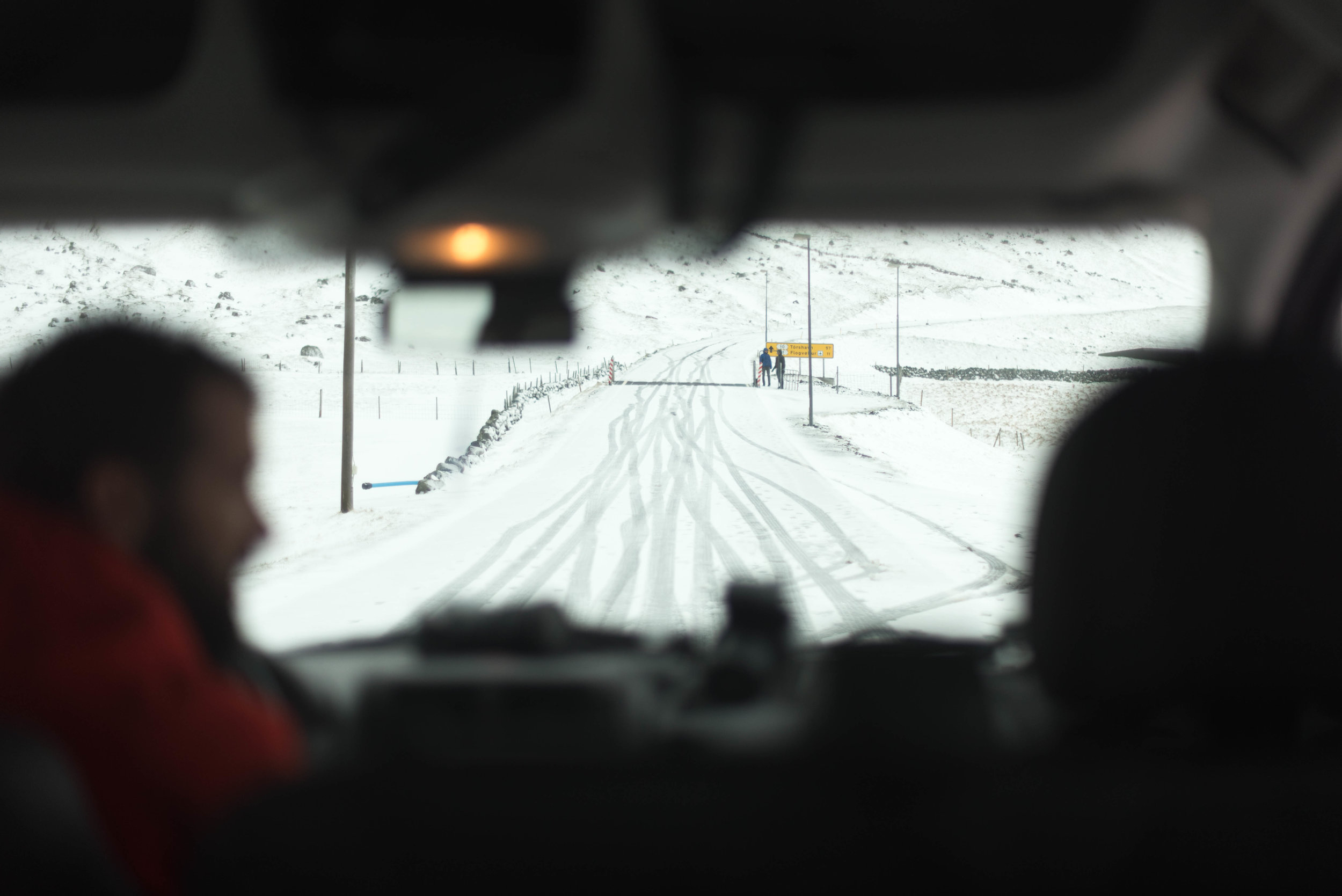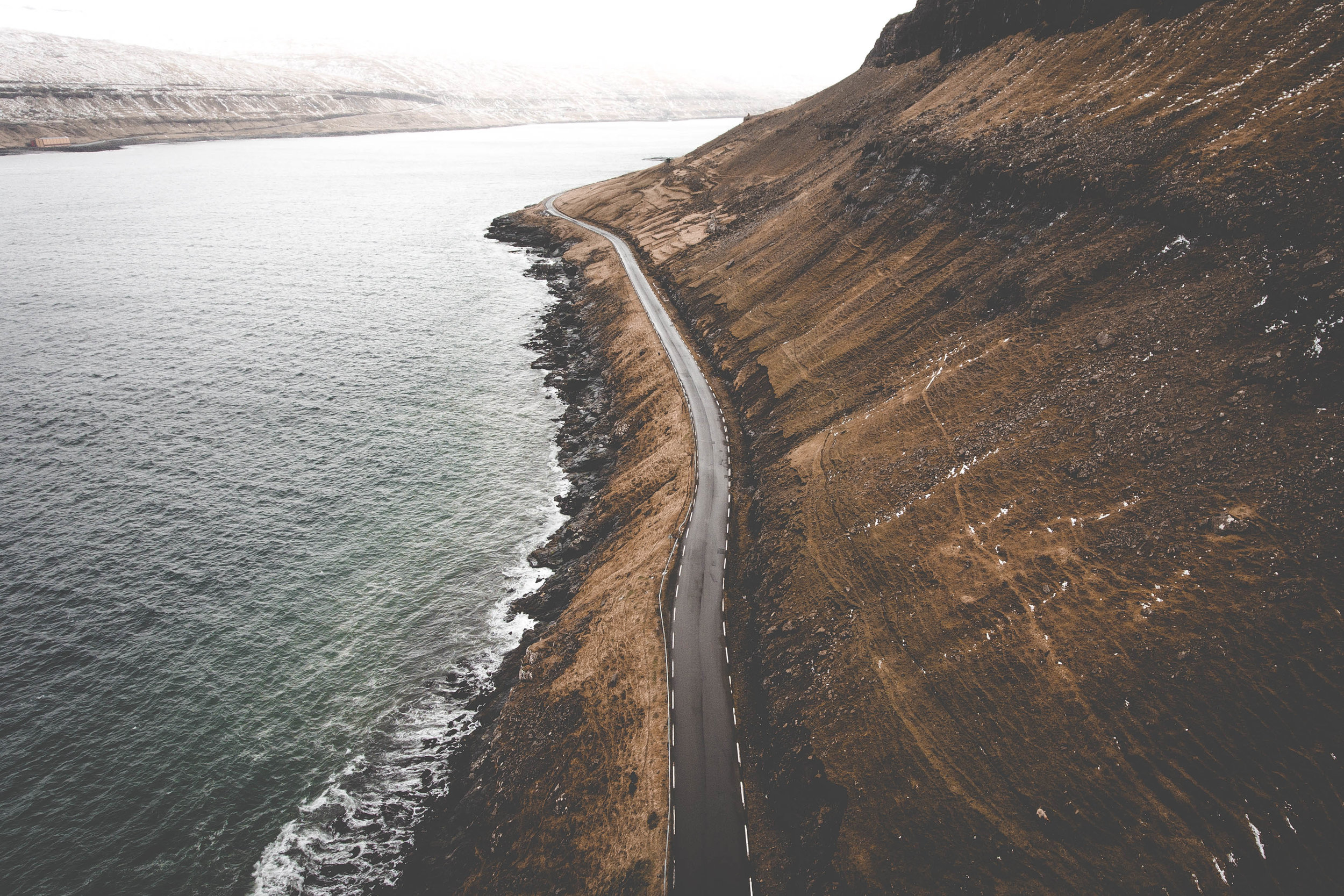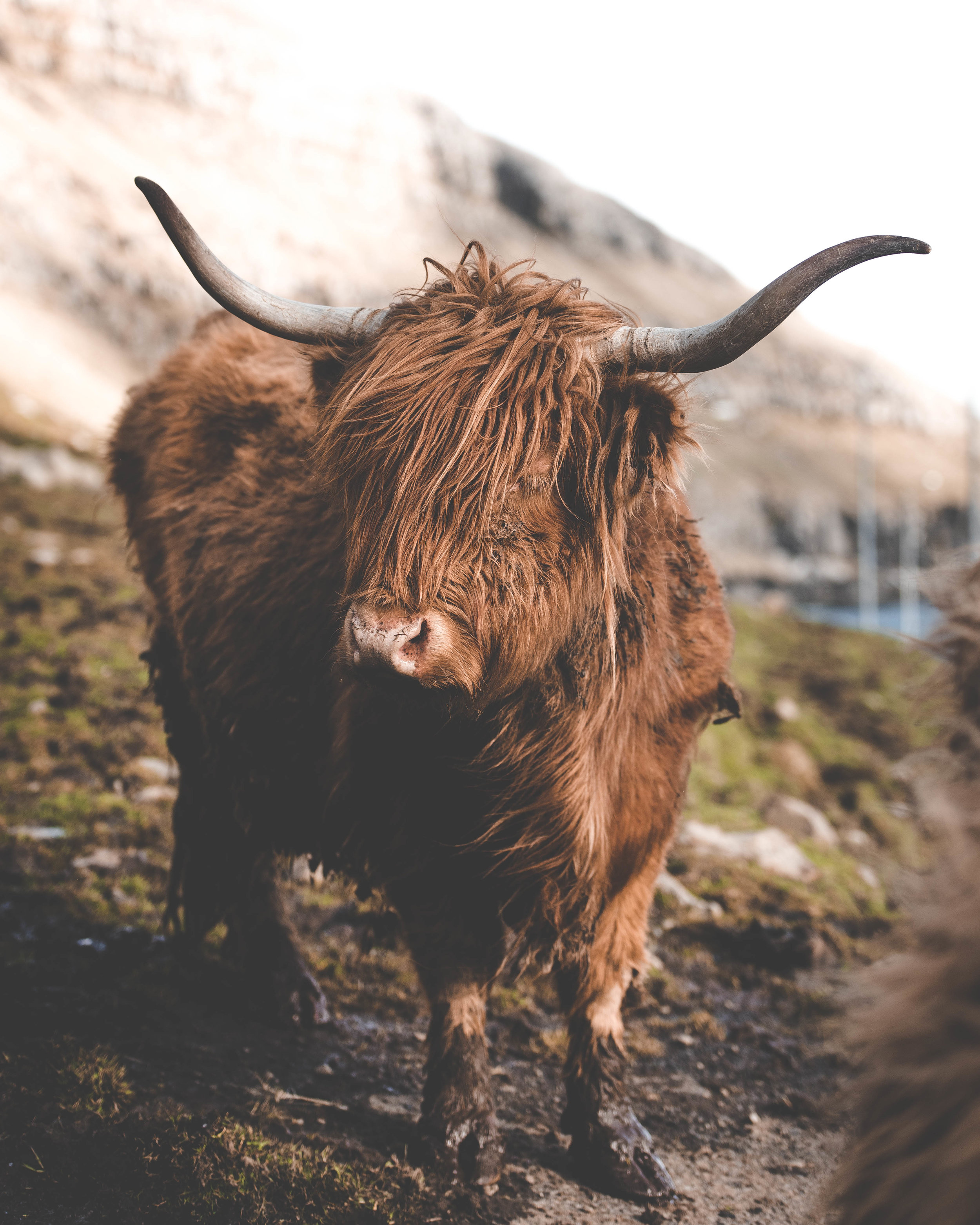Iceland, Iceland, Iceland. Travelling in general requires a basic set of preparations; Every country is specific, and Iceland is no different. Based on my experience of Iceland and of living in Iceland for a few years, and many people asking me similar questions about Iceland, I am putting out my top ten tips that should set you up nicely for a great visit to Iceland.
Does Instagram Kill Creativity?
Since the Last Blog Post
I was humbled by the response to the previous blog post, and it has taken me a little while to find something new to say.
Many people are asking many of the same questions about Instagram these days it seems. Its pretty obvious that there are a few things troubling people about the way that it is being used.
Sign up to my RSS below ↡
This is an attempt at unpacking Topics about Content Creation and Creativity.
Overlapping here seem to be some other, related concerns about content creation, its environmental implications and the creative trajectory it seems to be taking due to platforms such as Instagram. Let me get to the point by first asking the central question:
Central Question: is Instagram killing creativity?
On Instagram, it is common to see certain “spots” over and over and over again. Many times, these locations themselves are extremely beautiful, and it is pretty easy to understand why many people want to go there. A (very) short list to make my point, it could be much longer:
Lago di Braies, Italy
Skogafoss, Iceland
Horsehoe Bend, USA
Moraine Lake, Canada
Here’s the question: why do so many that go to these beautiful locations end up taking such similar pictures, or why do all of the most similar pictures somehow end up becoming the most popular, so popular in fact as to be considered caricatures at this stage?
Certain images just work (I’ll try to explore and unpack why a little later) and when someone sees that another persons image form a beautiful location works, that person might/will try to take one for themselves, to get a slice of the pie. When we start to unpack the motivations for why people behave in this way, we can get closer to the answer. Wanting to have beautiful pictures of yourself, your friends or your partner in beautiful locations is an end in and of itself. But it is not without its own problems.
Photographic Plagiarism
When you see somebody else's photo, you are seeing the result of somebody else’s creativity, an application of their equipment at a specific angle, in a specific time and in a precisely the right place (or the best possible place given the circumstances and prevailing conditions).
What we arguably have here is something that Eric Bennet calls “photographic plagiarism”. Photos are being “stolen” through lack of imagination and creativity, resulting in a propagation of the kinds of photos.
Here, we can see clearly that the motivation is all wrong. Yes, please be inspired to visit iconic locations, and yes please be further inspired or sufficiently inspired to go to an iconic location and look for a shot that has not been taken! Of course, there are intrinsic limits to this, some places only have one good angle. However, most places do in fact have many different and interesting angles, and all you have to do is seek them out. Seek, and you shall find.
“IS IMITATION THE SINCEREST FORM OF FLATTERY, OR IS IT THE SHORTEST PATH TO INSTA-GLORY?”
How has this happened?
Its not all bad though, and in my opinion there are some excusable reasons for this. There are some factors that are worth considering; intrinsic factors relating to how picture-viewing on Instagram actually works:
Viewing size: lets face it, the iPhone+ sizes helped a lot, but the viewing size for Instagram is tiny. This massively impacts the effectiveness of what is posted on there.
Some things just WORK: The age old photographic problem of two dimensional photo, three dimensional world means that communicating a sense of depth is one of the most important ways in which to make the photo powerful.
Little people: after depth comes scale. This is the real reason why Instagram favours those “little people” shots, because it works!
Depersonalised portraits: a person is facing away from the camera and looking out to a beautiful landscape. The facelessness easily allows you to imagine that that person could be you. This is again another very successful image motif.
This unholy alliance means that the same image concepts get re-hashed again and again in the same places.
attack and defence
What am I saying? Attack and defence in the same post? Sort of. Its all about the process. What I want to see is that everyone is developing their own style. To do that sometimes its necessary to copy others a bit, especially if you're are just starting out and don't know what you're doing.
the basic formula
To borrow an analogy from music: when you start to learn jazz for example, you will enjoy a specific lick and then learn to play it. eventually you internalise the musical concepts that make that lick interesting and apply it it to something new. The formula goes something new.
The basic formula looks something like this:
imitate → assimilate →innovate
However, if you make no attempt to apply to new concepts and locations, you get stuck with:
imitate → assimilate → imitate→ imitate→...→...
Why would you want to copy other peoples work and live in their shadow forever? To do so demonstrates a lack of courage, but more importantly is an example of creative bankruptcy.
Prints of all photos in this post available in my print shop
Creative Bankruptcy
As a photographer and content creator, you should be always and continuously striving to push the boundaries of your own creativity. Of course, it is impossible to be influenced by nobody, but that’s not the point.
The point is that people are going into a beautiful place, and taking the shot they have seen on Instagram, and rolling out again. I believe this is the wrong approach, which we can call creative bankruptcy.
Copying other people’s pictures is creatively bankrupt.
There, I said it.
Instead, draw inspiration from many sources and be authentic. Follow what speaks to your soul. There a million sources of inspiration, and you don’t ave to rely on one (or one social platform. Draw on many; books, conversations, history, architecture, paintings, natural forms. Anything. The mores sources the better. You can even use Instagram to start, there are few better places to start, but make sure you go over and above!
Solution: Thinking outside the “box”
What is this “box” that everyone keeps talking about, exactly? Well, in my opinion, it means different things to different people in different times in different places. Having said that, it does encapsulate the “zeitgeist”, or spirit of the times.
The box gets constructed and deconstructed constantly. Call it creative destruction. What’s outside gets brought inside. Non-standard thinking becomes standard, and suddenly, the box has changed. There are so many ways in which to add your own creative flare to a shot that by not thinking outside the “box” and exactly the right time, when you spend all this money and all this time going somewhere incredible
It is always better to spread yourself less thinly rather than more; focus on a few locations and spend more time there
Possible cause: time poverty and hyper-connection
We live in a world where people seem to have less and less time for things, for life in general. In our hyper-connected world, there is a huge amount going on, a million things pulling at our attentions.
It is not possible to make up for your lack of time by by trying to see as much as possible. The world is an uncertain place, messy, unpredictable and cannot always be optimised. If you try to do too much and something goes wrong, the knock-on implication could potentially ruin your entire trip.
Possible cure: allow more time for creative flow
Slow down. Take your time. Explore the angles. This will increase your chances of making a real creative contribution to yourself and to those with whom you share your images. You will feel better for it too.
So, does Instagram kill creativity?
To answer the original question in a word: no. Instagram does not kill creativity necessarily. It is the way in which people use Instagram that has become the problem. Use Instagram to inform yourself as to the state of the box, as a springboard to launch yourself outside of it as much as possible.
Go forth and prosper.
the world awaits, and its all yours for the taking.
feedback welcome!
As ever, I invite comments and feedback from those that took the time to check out my post. Its all about the conversation. I look forward to seeing what you have to say below in the comments!
ABOUT
Joe Shutter is a freelance photographer and content creator and workshop leader working between the UK, Iceland and wherever the world calls. Check out the upcoming workshops in Greenland and Iceland this summer for more.
Joe also leads tours around Iceland, to show you a side that many miss, and few rarely see. come and Roam with Joe in Iceland!
Getting wet in Iceland
The Death of Instagram
With north of 800 millions users, Instagram is probably the greatest, largest and most successful image sharing platform we have yet known. And yet, it is in trouble. Why? It appears to be planting the seeds of its own destruction.
The problem is that it keeps changing, arguably for some, indeed for most, for the worst. March 2016 brought the beginning of the end of the chronological feed, in favour of the algorithmic feed.
Ever since, everyone has been running around like headless chickens trying to figure out what on God’s green Earth is going on. Rumours abound, including that those who have used engagement "pods", themselves in many cases a response to declining engagement in this first instance.
In truth, it changes so much that nobody can keep up with it. Just now, in January 2018, it seems that that have been more changes, leading to a huge outcry about the lack of engagement and declining reach. Here is one post that has been reposted a few times in recent days from @anastaciabeverlyhills
post by @anastaciabeverlyhills.
Algo-daze
The algorithm shows you what it thinks you like; in doing so, it had made Instagram into a vast echo chamber which to a large extent takes away one of the greatest strengths of the platform: exposure to a wide diversity of photography content and a stream of content from the accounts that a given user actually follows.
Terminal Decline
Since then, it seems to me and to others around me that the platform is in terminal decline: content creators have less and less of their content seen by the people that actually follow them, and user’s feeds are increasingly comprised of accounts they don’t follow, especially now with hashtag follows. Not to mention an ever-growing number of ads sprinkled in for good measure, although this has been going on for a few years.
As long as there are a large and growing number of users on Instagram, it will remain critical for many brands to retain Instagram as part of a wider marketing strategy. However, this does less and less for much smaller users and content creators who don't have marketing budgets and who also happen to make up most of the best content creators on the network.
“Instagram has become a different means to a different end: whereas it was about sharing pictures and having them seen, it is being pushed into a highly-optimised, algorithm-driven marketing tool”
Why?
Money. The problem for Instagram for a long time was always the question of how to make money from Instagram. They couldn’t quite figure it out: I remember when I first started using Instagram in February 2015 that there was a brief experiment with ads, but it proved unpopular and I think it was pulled (correct me if I’m wrong).
Although Facebook actually bought Instagram in 2012, it seems that they mostly left it alone, until 2016 when it started to work alot more like Facebook with the pay-to-play model. It seems that they have finally cracked it: but at what cost? We have an application which everybody (although opinion is divided) increasingly dislikes. For want of an alternative many (including this writer) will continue to use Instagram because there quite simply isn’t anything better out there.
Fjaðrárgljufur: the great canyon if Iceland
Tides May Turn
Necessity is the mother of invention, however, and with so many content creators being suffocated with declining reach it may only be a matter of time before an alternative emerges. It may happen slowly, creeping, but it would be shear folly to dismiss this as a possibility. Once upon a time, Flickr and MySpace were great platforms, but who gives two hoots but either of those now?
A fishing hut in Northern Norway
Anticipate & Diversify
If you are a content creator/ photographer that largely depends on your Instagram reach to disseminate your content, my strongest recommendation is that you seriously consider diversifying your use of social media out of Instagram. The aim? Build reach that comes different pathways. Yes, there is risk involved with this: you may expend some time and effort on something that could be a dead end. But those who live for sure things will be very disappointed in this life: nothing is certain.
Stepping back from the epistemic, it is likely that your ability to do business over Instagram will steadily decline to a point where the boat does stay afloat anymore (although this very much depends on who you are). In general, Its never a good idea to have all of your eggs in one basket.
As above, so below
I will go into more details about this various alternatives in a different blog post, so stay tuned to see how things develop, as well as some other things I have been thinking about.
Anticipate and Diversify:
The Best Hedge for our Time
Please discuss
As ever, I invite discussion and healthy dialogue (as well as counterpoint) about the topics I write about on the blog. Please comment below if you feel that I have missed something.
ABOUT
Joe Shutter is a freelance photographer and content creator working between the UK, Iceland and wherever nature calls. You can follow his recent work on this website.
7 Ways to Fail at being a Social Media Influencer
The Road Through Europe 2/3: Islands of Wonder
It is a 36 hour journey from Hirsthals, Denmark to Thorshavn, Faroe Islands.
Being at sea was a bit harder than I thought it would be. It certainly had a lot of novelty value, and on the scale 1 to vomming absolutely everywhere, I was probably at around 4, which left me more than a bit sea sick, where it would come and go.
The Faroes inspire a similar kind of awe to that which you experience in Iceland, epic landscape, deep fjords, raging sea. It was wonderful to go back.
17 hours in the Faroes begins...
Sunrise over Nolsoy, storm clouds dissipating
Staying up on the higher decks with a view of the horizon was definitely the way to go, and the outer deck was lovely when the sun was shining. Eating a lot was super important too. Although the sea sickness left you not feeling very hungry, which was ironic.
Moody Faroe Islands
A few hours before we arrived, the captain announced that we would be in the Faroes an extra 12 hours, on the count of bad weather on the passage to Iceland. Imagine what that would have been like if we had gone through that!
This was music to my ears, and immediately I thought about all the places I would go with all of my time.
And then there was a problem. I had not advised Smyril line that I wanted to take the car off the ferry, so it was placed in an inaccessible part of the car deck. The dream of roaming the faroes slipped away…
And then there was a solution: we made some friends on board, and they had a big van with plenty of seats. They had cameras and a drone too, so we were very much on the same page. We discussed some locations and off we went! So, from 05:00 to 00:00, we had the Faroes. And off we went.
Wonderful little churches of the Faroe Islands
After a very early and short little drive around Thorshavn, our first location was the famous Gásadalur. This is the one that is ALL over Instagram. Even I used it to try and get you to look at this blog post. It’s a dramatic cliff where a waterfall falls directly into the sea. This is the only place where I have ever seen such a thing. Does anyone out there know any places where that might be true too? Let me know if you have!
It was snowing, and that is pretty rare in the Faroes. We took the van down the steep fjord road, and when we tried to take it back up, it simply wasn’t happening. We were stuck.
It was very early in the morning, and the roads were being serviced, gradually. We called up the road authority and discovered that the truck was coming to clear the snow and sleet from the road, but we had to wait an hour or two. Luckily, we had 15 hours so it wasn’t an issue. We took refuge in a warm café with a cute dog, so we drank tea and waited.
We tried to go and photograph the waterfall, but it was much too blizzard-y, and so we retreated. Hopefully you can get a sense of the conditionsin the pictures below.
We didn’t wait long. The snow truck came an hour later, and our van was able to climb the fairly steep fjord road.
In the end, it calmed down sufficiently in order us to go and see the waterfall, but then it picked and got all crazy again, so we had to make an escape. By the point, we had already gotten the van up the steep fjord road, so we had to walk all the way up. Not too bad, but pretty hard given the conditions.
The weather in Iceland is changeable, they said. You could also say the same about the Faroes. For about 30 minutes after a blizzard at Gasadalur, we had glorious sunshine.
Our next stop was the villege of Tjørnuvik, famous for the Witch and the Giant, sea stacks that lie far out to sea.
There's a nice back story here to the legend of the Witch and the Giant goes something like this:
Once upon a time, the giants in Iceland got jealous and decided they wanted the Faroes. The Witch and the Giant went down to the Faroes to go and get them. They struggled to climb the cliff, not noticing the time. Day broke, the sun shined, and they turned to stone. And so goes the legend of the witch, frozen forever in the village of Tjørnuvik, in the north of the island of Streymoy, punished by the raging sea forevermore.
I had some wonderful times here during my summer in the Faroes in 2014. It was wonderful to go back there and see it all again. This took on new meaning since I became a photographer, which wasn't the case when I lived there.
Amazing spots to pull over, take photos and drone. Some of those roads in the Faroes were unbelievably beautiful. Infinity points everywhere. And birds! It was amazing to have the drone out there too. Very necessary. These days, a flying camera is as import as the more terrestrial sort.
We left the small village, the Witch and the Giant and headed off back to the capital. It was mid afternoon at this stage and we were looking to get some food.
Our third location in the Faroes was the village of Kirkjubøur. For hundreds of years, this was the Capital of the Faroes before Thorshavn. The natural harbour seemed to be a natural place for driftwood to collect, which allowed people to build houses and settle.
I was lucky enough to catch the farmer while he was busy. I deliberately didn't warn him I was coming, although this had more to do with the fact that I didn't know if I would make it or not. I grabbed a selfie with him which you can see below. He hadn't changed one bit.
It's a very special village: all the buildings are black, and all the windows are red. They have whale bones for garden fences and 12 Highland Cattle, a Scottish breed, but the only ones in the Faroes.
The famous Roykstovan, at Kirkjubøur, is a wooden house on the farm. It is one of the oldest still- standing, still lived-in wooden buildings in the world. Dating back 900 years. It was truly wonderful to go back and visit the farm, if only for a time. I managed to meet the farmer and give him a hug, and grab a selfie!
Also, sheep everywhere, and they give you this eerie, vacant stare.
Above, you can see the whole group posing for a self portrait. There were quite a few nationalities representated: Brazil, Poland, UK, Germany and Jamica.
Lastly, we came back to Thorshavn and wondered around town, to see out the evening. These parts of the town are the very oldest part of the town, dating back to the early 19th century.
By the time the evening came around, it was time to get back on the ferry. The sun was setting late, and it was a lovely evening in Thorshavn, warmer than i remember it being, even though this was spring not summer.
And so, onwards we went, into the night as we had done on previous days, whether they were spent on the road or at sea.
Iceland was coming. We had nearly completed our journey. However, there was still the small matter of travelling half way across Iceland from the ferry port town to Reyjavik, where I live.
That’s the third part of the story.






